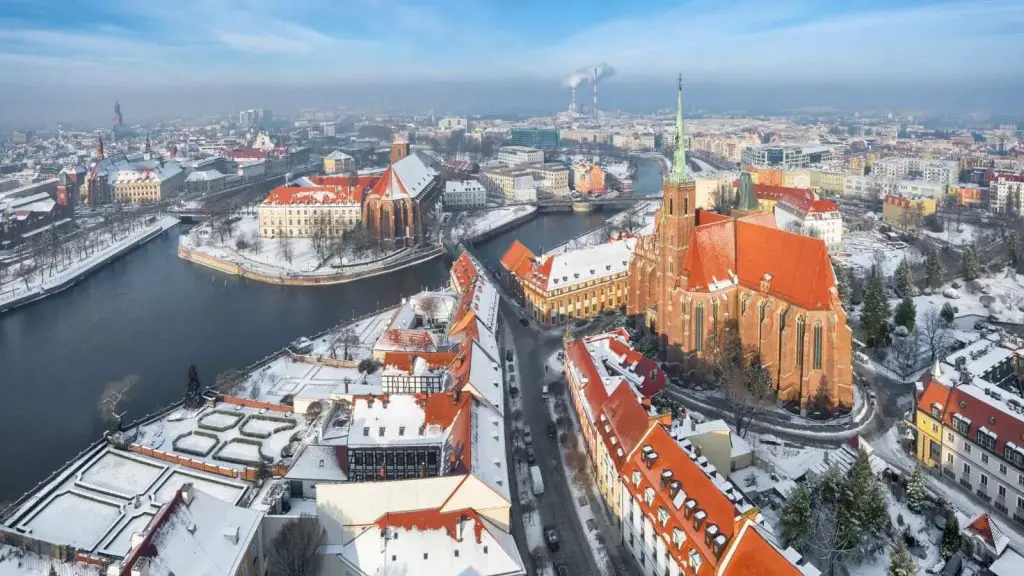Winter in Poland is a time of great festivity. Christmas and Easter are the most important holidays, but there are many others that are celebrated as well. But exactly how cold is Poland winter? This article will discuss the winter guide in Poland.
Poles love to celebrate, and the winter season provides plenty of opportunities to do so. There are Christmas markets, New Year’s celebrations, and Epiphany processions to enjoy. The weather can be cold and dreary, but the warm spirit of the Polish people will keep you warm.
Historical context: Poland has a long history of cold winters
Poland is no stranger to cold winters. In fact, the country has a long history of frigid temperatures and heavy snowfall. But just how cold does it get in Poland? And what is the climate like there?
The average winter temperature in Poland is around -5°C, but it can dip as low as -20°C. Snowfall is common, especially in the mountains. It gives you an idea of how cold is Poland winter.
The climate in Poland is generally cool and temperate, but the country experiences four distinct seasons. Poland has a long and varied history, which has had a significant impact on its climate.
The country has experienced both very cold winters and very hot summers. This is due to its location in Central Europe, which makes it susceptible to extreme weather conditions from both the north and the south.
Poland’s climate is also affected by its topography. The country has a number of mountains, which can influence weather patterns.
For example, the Tatra Mountains act as a barrier against cold air from the north, while the Sudetes Mountains protect against warm air from the south.
How cold is it in Poland during winter?
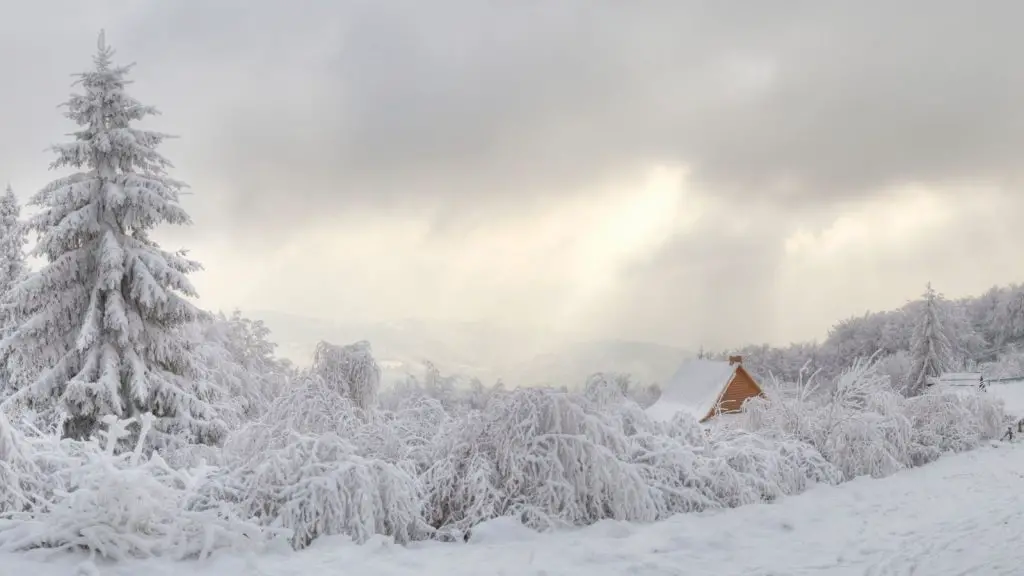
Despite its northerly location, Poland has a temperate climate because of the country’s moderate oceanic influence. Winters are cold and cloudy throughout the country, with the exception of the southern mountain ranges, which experience some precipitation.
In western Poland, average January temperatures range from -1°C to 2°C, while in the east, they are below -3°C. In winter, temperature extremes can reach as low as -30°C in the northeast and up to 15°C in the southwest.
Snow is common across most of the country from December through March. It is easy to guess now how cold is Poland winter.
The average winter temperature
You might be surprised to know that the average winter temperature in Poland is actually quite mild. The best time to visit Poland is actually during the winter months when you can enjoy all the festive holiday activities.
Though it does snow, the temperatures rarely dip below freezing, so you won’t have to worry about being too cold.
The lowest recorded temperature: Although the average temperature is not as low as some might think, the lowest recorded temperature in Poland is -35.5 degrees Celsius.
Snowfall: What is the climate of Poland
Snowfall is relatively common in Poland during the winter months, with an average of around 30 cm (12 in) of snow falling each year.
The snowfall typically begins in October and continues through to April, with the heaviest snowfalls usually occurring in December and January. However, the amount of snowfall can vary significantly from one year to the next.
The best time to visit Poland is during the shoulder season, between April and June or September and November. These months offer the most comfortable weather conditions for exploring Poland’s cities, such as Krakow.
The science behind the cold: what makes Polish winters so cold?
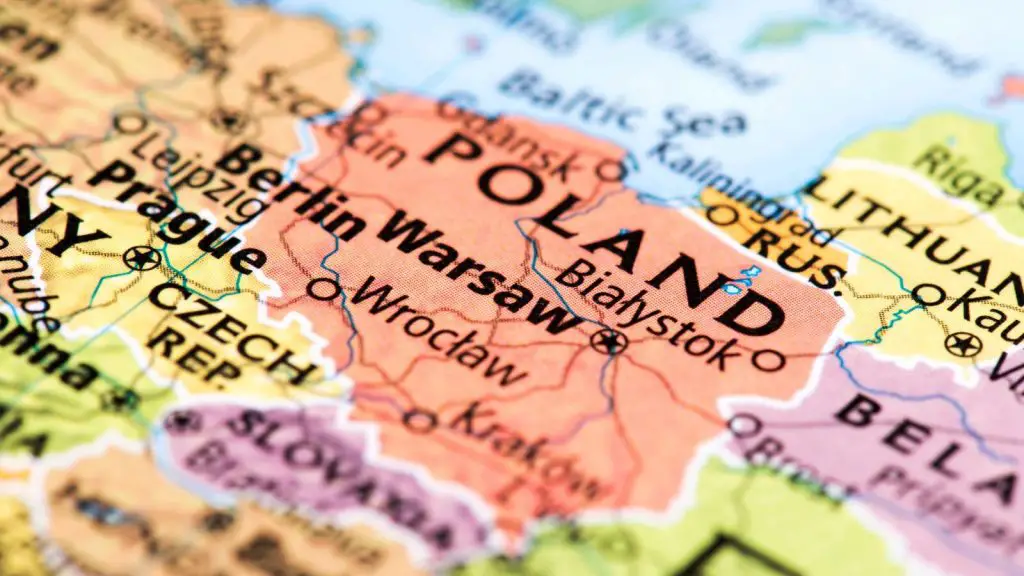
Poland’s winters are cold because of its location. The country is located in the Northern Hemisphere, and it is also landlocked. This means that there is no water nearby to help moderate the temperature.
The climate in Poland is also affected by the jet stream, which brings cold air from the Arctic. The average winter temperatures in Poland are around -5°C (23°F), but it can get much colder.
In January 2017, temperatures in some parts of the country dropped to -30°C (-22°F). These low temperatures are due to a phenomenon called “radiative cooling”.
This happens when the sun’s rays don’t reach the ground because clouds block them. This can make the ground very cold, even if the air temperature isn’t that low.
Recent winters in Poland: how have they been?
The winters in Poland have been harsh recently. The country has experienced below-average temperatures and significant snowfall. This has caused problems for residents, especially those who are not prepared for the cold weather.
The government has issued warnings and advised people to take precautions, such as dressing warmly and staying indoors when possible. Despite the difficulties, many people still enjoy the winter season in Poland.
Polish people are strong
The average winter temperature in Poland can get as low as -20 degrees. And with 6 months of below-freezing weather per year, it’s no wonder that Polish people seem to be tough.
However, they do complain about one thing: The cold makes their skin dry and wrinkly, and they need special moisturizing products to make sure they stay young-looking.
They also like to eat hearty meals—and lots of them—to keep warm during these frigid winters. It might not surprise you then that Poles are among Europe’s fattest citizens (with a whopping 39% being overweight).
But there is good news: Studies show that a healthy diet rich in fruits and vegetables can help you maintain a healthy weight—even when you live in an area where there is little sunshine throughout most of the year.
Winter activities in Poland
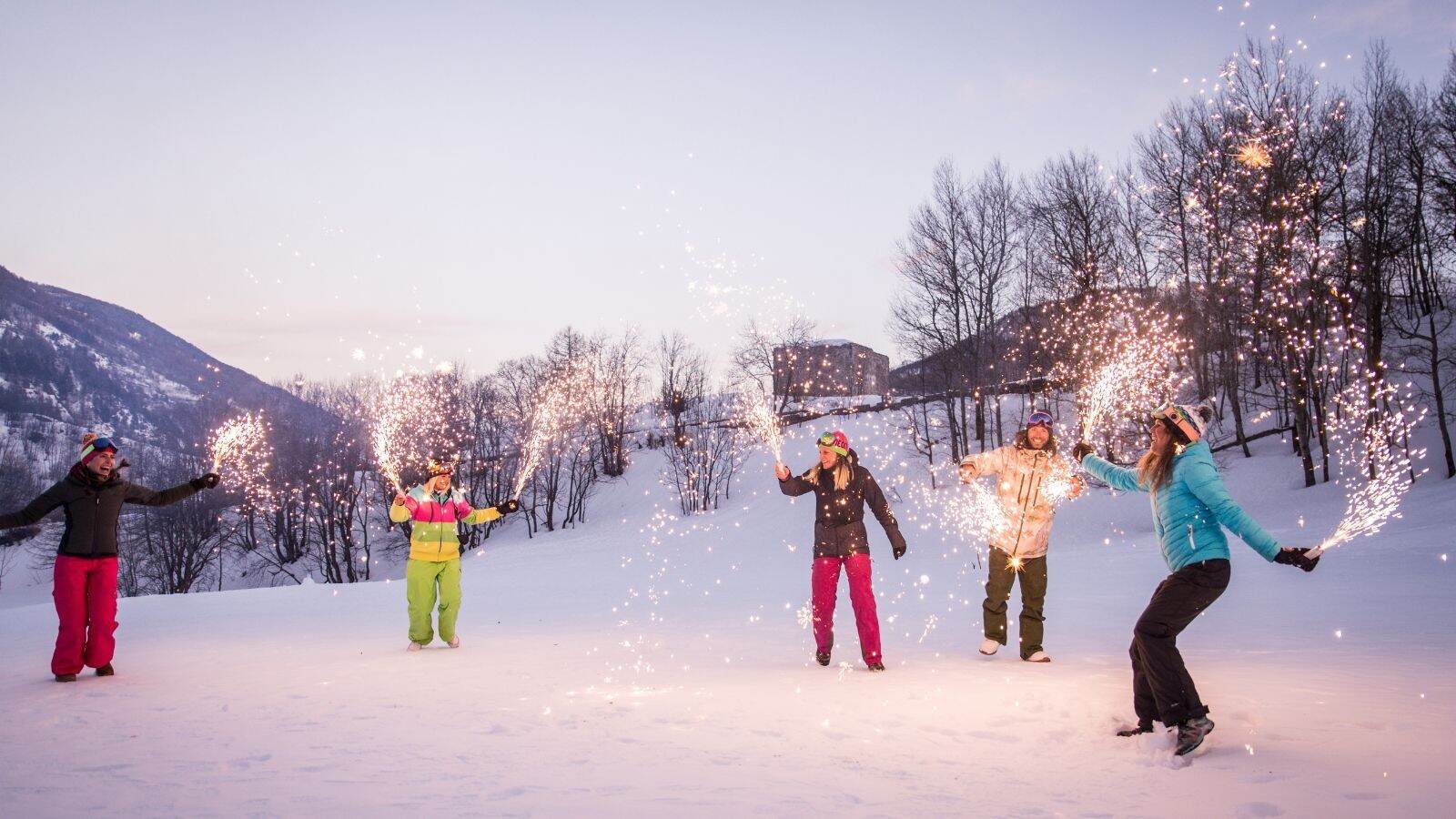
Poland in the winter is a delightful place to be. The streets are lined with Christmas markets, and the air is full of the smell of mulled wine and gingerbread.
There are plenty of things to do in Poland during the winter months, so you won’t be bored if you find yourself there during this time.
One of the best things to do in Poland during winter is to go skiing or snowboarding. There are many great resorts located not too far from Krakow Poland, so you can easily spend a day or two on the slopes.
If you’re not into skiing or snowboarding, you can still enjoy the snow by going for a walk or having a snowball fight. Another activity that is popular in Poland during winter is ice skating.
Traditional Polish Winter Dishes
The Polish can be seen as culinary wizards in terms of developing delicious, hearty dishes for colder months.
Traditional Polish foods in winter include pierogi (dumplings), crazy (potato pancakes), bigos (meat and sauerkraut stew), and herring with potatoes. A popular Polish dish is Barszcz czerwony, a beetroot soup that may give Westerners pause for thought.
But if you’re brave enough to try it, you’ll find it tastes more like a sweet-and-sour vegetable broth than anything else. And don’t forget about kotlet schabowy – breaded pork cutlets served with boiled or mashed potatoes.
This is one of Poland’s most iconic dishes, and there are many regional variations of it.
When Can I Start Skiing in Poland?
It’s hard to believe, but ski season has officially arrived. Whether you’re in Warsaw or Krakow, Gdansk, or Sopot, it’s a great time to visit and hit up one of many Polish ski slopes for some snow-covered fun.
But how cold is it at Polish ski resorts? How does Poland winter compare to Colorado’s winter? It’s definitely colder here.
The Perfect Way to Warm Up
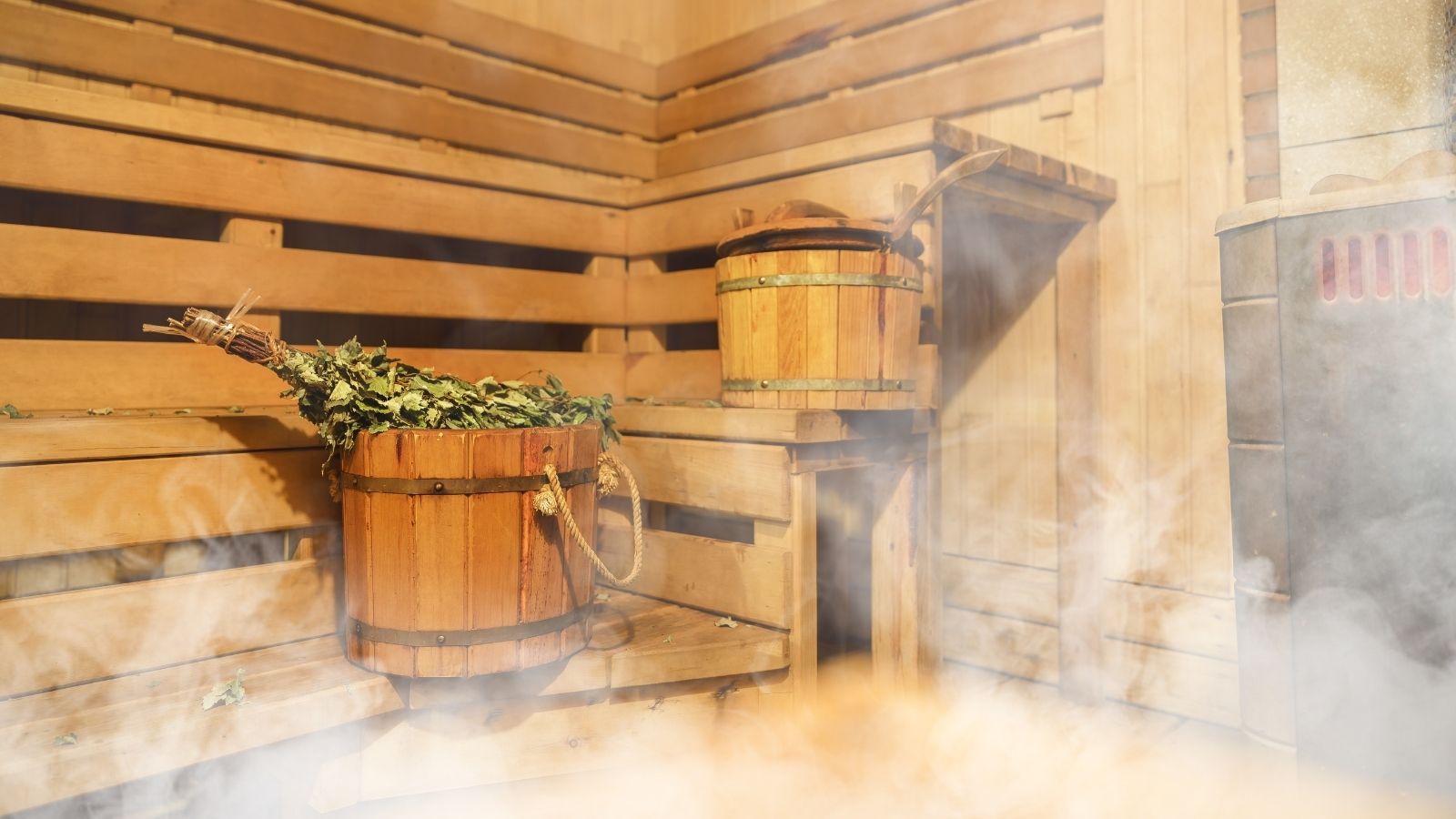
If you’re traveling to Poland in winter, chances are you’ll want to learn how to keep warm. With climate changes come temperature fluctuations.
Temperatures can fall down to -30 degrees Celsius (-22 Fahrenheit) and below but also rise above freezing during winter.
The perfect way to warm up on a cold day is by visiting a spa or sauna where you can relax in their hot water pools or get your skin exfoliated in their dry saunas.
What does Poland look like in the winter?
When most people think of Polish winters, they envision a cold, dark, long period of time. And in some parts of Poland, that may be true. But there are also areas where it can still feel like spring and summer during winter.
To give you an idea how what it really looks like when winter comes to Poland, here is a list of 10 facts about winter in our country.
Why Should I Visit in December or January? How Cold Is Poland Winter?
For most people, December and January are winter months—and that can be a turnoff. But if you think about it, these could be some of your best months to visit Poland.
Not only is Christmas in full swing here (and really throughout Europe), but these two winter months also coincide with New Year’s celebrations and some snow-covered landscapes.
And at just 8 degrees north of the equator, you won’t feel like you need to bundle up like you would in Canada or Scandinavia.
What Does it Mean When They Say It’s as Cold as Siberia in Poland?
When you think of Poland, you might not automatically think of it as a country with a particularly cold climate. However, the winters in Poland can be quite harsh, with temperatures often dipping below freezing.
This is especially true in the northern and eastern parts of the country, where the climate is more continental. Interestingly, though, even in these colder regions of Poland, the winters are not always as severe as one might expect.
In fact, they can be quite mild at times, with temperatures hovering around the freezing mark. This is due to the fact that Poland is located at the same latitude as Siberia!
So, if you’re planning a trip to Poland during wintertime, be sure to pack your warmest clothes. And if you’re feeling brave, why not try your hand at some winter sports?
The best time to visit Krakow is actually in the spring or fall when the weather is milder. If you do visit during the winter, make sure to pack your warmest clothes!
When planning a trip to Krakow in Poland, be aware that the winters can be incredibly cold – often referred to as being “as cold as Siberia.”
The best time to visit Krakow is actually during the shoulder seasons of spring and fall when the weather is milder, and there are fewer tourists.
However, if you’re determined to experience a Polish winter, bundle up and plan to spend most of your time indoors!
Other Weather Conditions In Poland
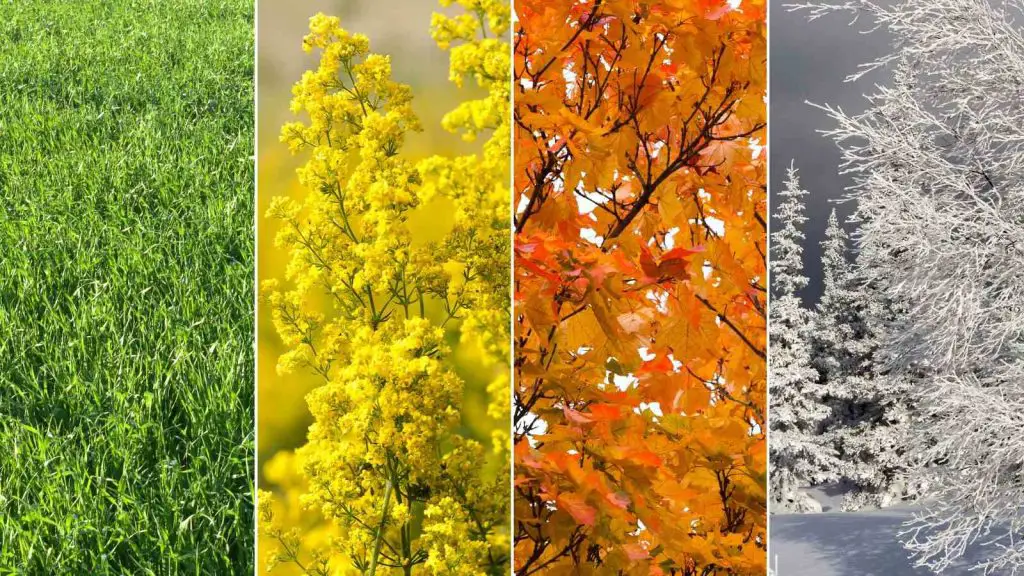
Poland is a country located in Central Europe. The climate in Poland is mostly temperate, with cold, cloudy, and humid winters and warm summers.
The average temperature in Poland ranges from about 28 degrees Fahrenheit in January to about 73 degrees Fahrenheit in July.
Poland experiences four distinct seasons: winter, spring, summer, and fall. Winter lasts from December through February and is characterized by cold temperatures, often below freezing.
Spring arrives in March and brings warmer weather and longer days. Summer lasts from June through August and is the warmest time of year, with average temperatures in the 70s. Fall begins in September and brings cooler temperatures and shorter days.
Spring In Poland
Spring in Poland typically lasts from March to May. During this time, the temperatures gradually become warmer, and the days become longer. Flowers begin to bloom, and the trees start to bud.
This is a popular time to visit Poland as the weather is pleasant and there are many outdoor activities to enjoy.
Summer In Poland
Summer in Poland runs from June to August. This is the warmest time of year, with temperatures averaging 22 degrees Celsius. There can be occasional heat waves with temperatures reaching 30 degrees or higher.
The long days are perfect for spending time outdoors exploring nature or soaking up the sun at one of the many lakeside beaches.
Autumn In Poland
The best time to visit Krakow is during the autumn months. The city comes alive during this time of year, with charming streets and interesting sights. The weather is also perfect for exploring the city, as it is not too hot or too cold.
The average temperature in autumn is around 10°C, with occasional spikes up to 20°C. Rainfall is also relatively low during this time, making it the perfect season to explore Poland.
FAQs on how cold is Poland winter
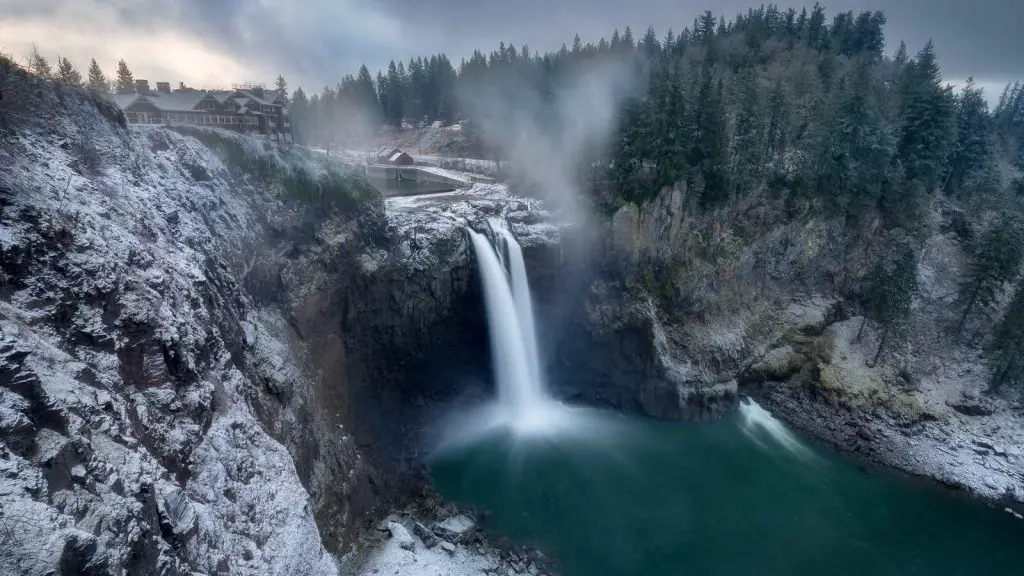
Q1. What is the climate in Poland?
The climate in Poland is continental, with four distinct seasons.
Summer in Poland lasts from June to August, and temperatures average between 18 to 20 degrees Celsius.
However, it is not uncommon for temperatures to reach 30 degrees Celsius. The Polish summertime is a great time to enjoy the country’s many lakes and rivers.
Autumn in Poland begins in September and lasts until November. Temperatures during this time average between 10-15 degrees Celsius but can drop as low as 0 degrees Celsius at night.
Winters in Poland are cold, with temperatures averaging around 0 degrees Celsius (32 degrees Fahrenheit). Snow is common, especially in the mountains, and the country often experiences strong winds.
Poland also experiences two transition seasons: spring and autumn. During these times, temperatures and precipitation levels can vary greatly from one day to the next.
Q2. Does Poland have cold winters?
The winters in Poland are cold but not as severe as in other countries located further north, such as Russia or Scandinavia. The temperatures during the day typically range from 0-5 degrees Celsius but can drop below freezing at night.
Snowfall is common in Poland during winter, with the majority of snow falling between December and February.
Although the winters in Poland are not as extreme as in some other countries, they can still be challenging for those who are not used to cold weather.
Q3. What are Polish winters like?
Poland’s winters are cold but not as cold as you might think. The average winter temperature in Poland is around freezing, with some days getting as low as -10 degrees Celsius.
However, snow is common in Poland during winter, so if you’re visiting from a warmer climate, be sure to pack your boots and coat!
Although it can be cold during Polish winters, there are still plenty of ways to enjoy the season. Ice skating is a popular pastime, and you can also find many festive Christmas markets to explore.
So don’t let the chilly weather deter you from visiting Poland in winter – there’s still plenty to see and do!
Q4. Is Poland very cold?
Poland is located in Central Europe and has a temperate climate. The country experiences four distinct seasons – spring, summer, autumn, and winter.
Although Poland is not as cold as countries like Russia or Canada, the winters can be harsh. Temperatures usually hover around the freezing point, but it is not uncommon for them to dip below zero. Snowfall is also common during this time of year.
If you’re visiting Poland during the winter, make sure to pack plenty of warm clothes!
Q5. Does Poland get a lot of snow?
If you’re picturing a winter wonderland when you think of Poland, you might be surprised to learn that the country doesn’t actually get that much snow. In fact, in many parts of the country, snow is a rarity.
That’s not to say that it never snows in Poland. The mountains do get their fair share of the white stuff, and even some of the larger cities see a few flakes now and then.
But if you’re hoping for a winter vacation spent sledging and making snowmen, you might want to look elsewhere.
In conclusion, Poland’s winter is not as cold as one might think. The average temperature is around freezing, but it can dip below freezing at night. However, the days are often sunny and bright, which makes for a beautiful winter landscape.
If you’re planning a trip to Poland, be sure to pack your warmest clothes and prepare for some cold nights. I hope that our travel guide will give an idea of how cold is Poland winter.

